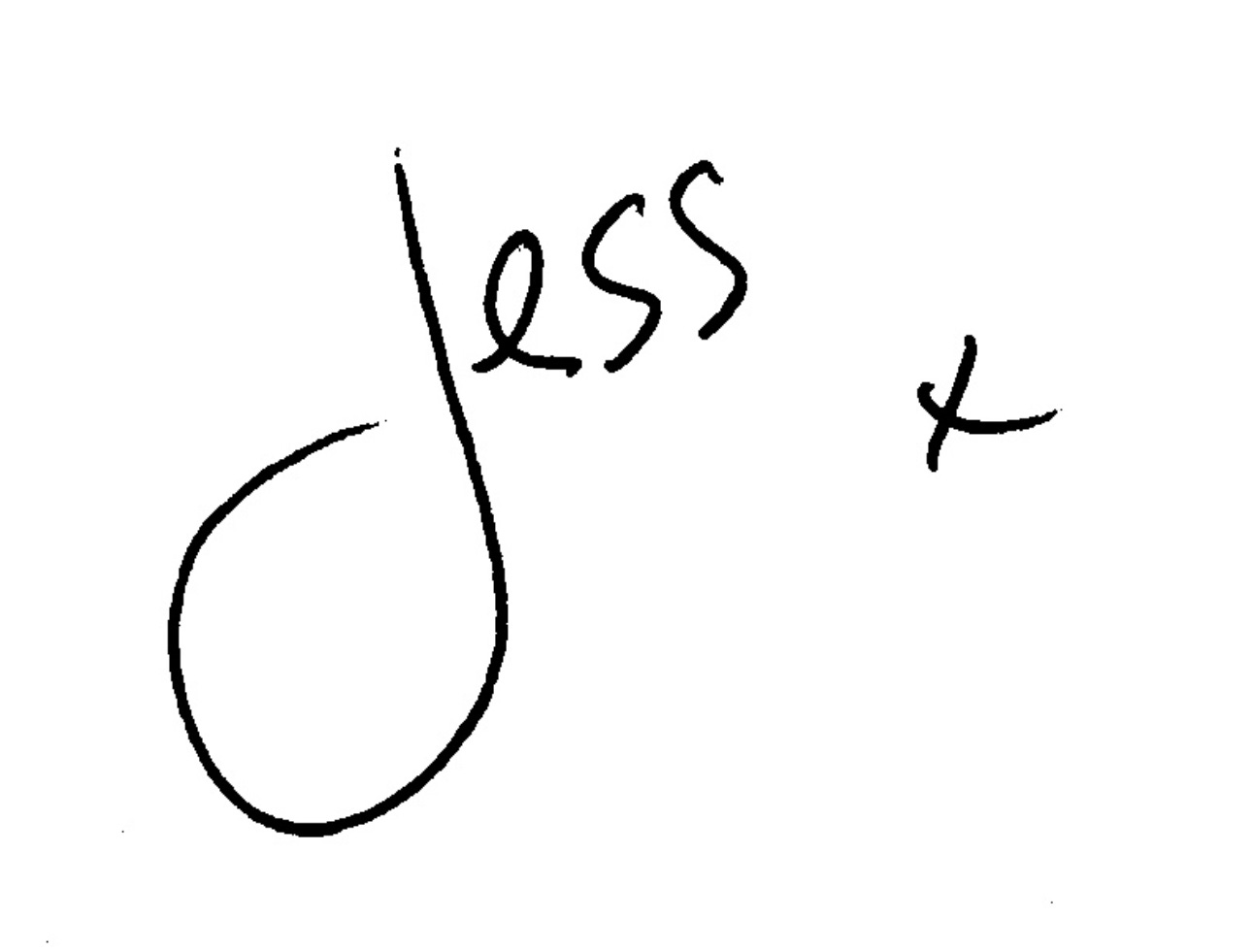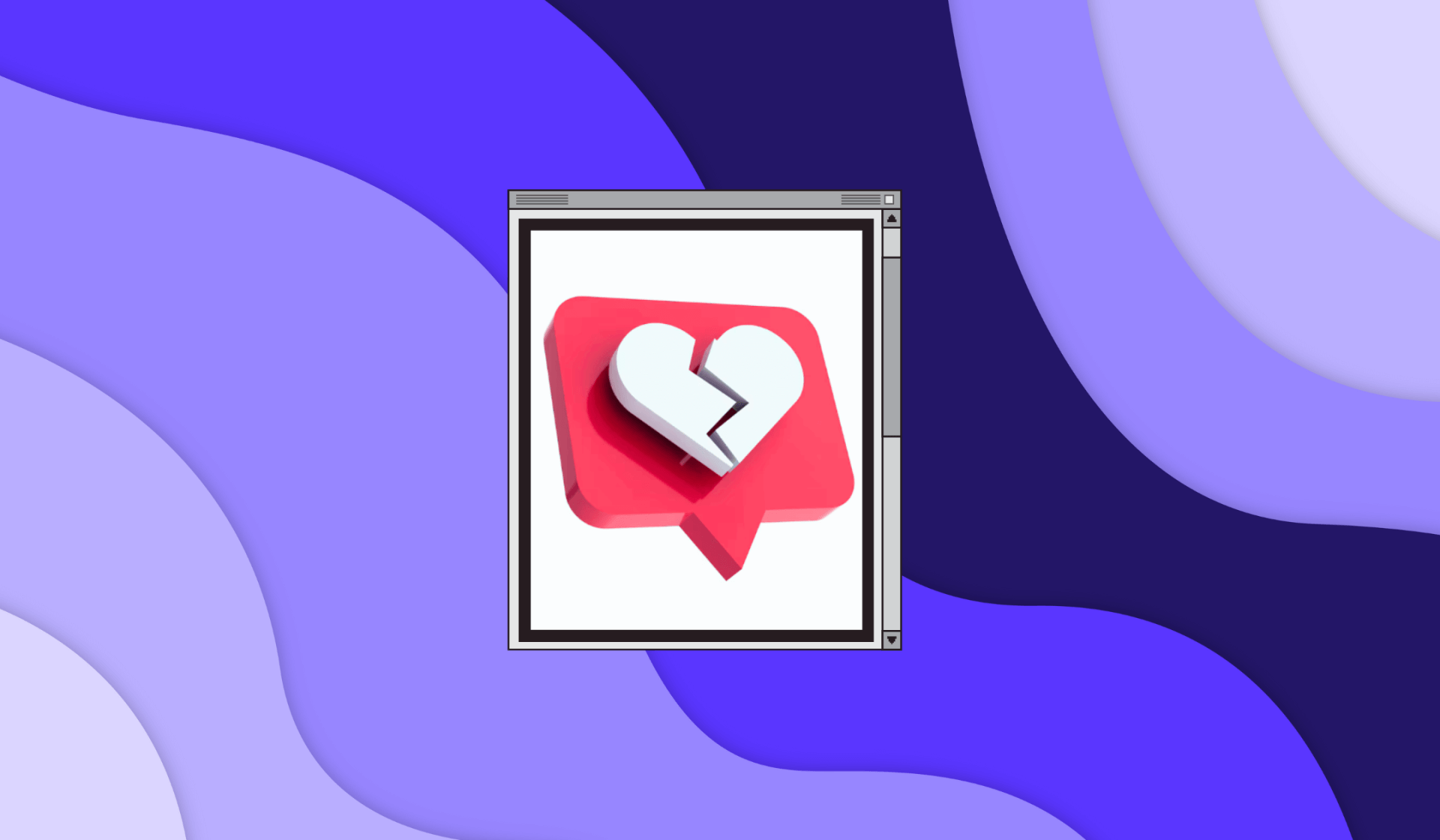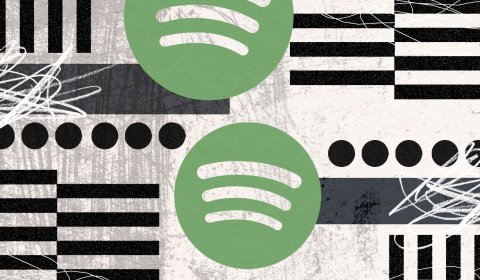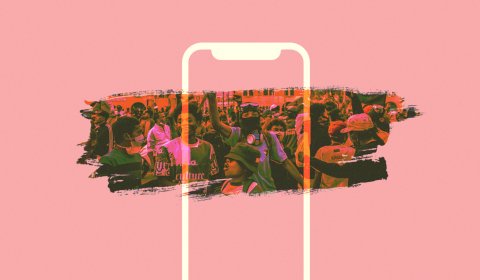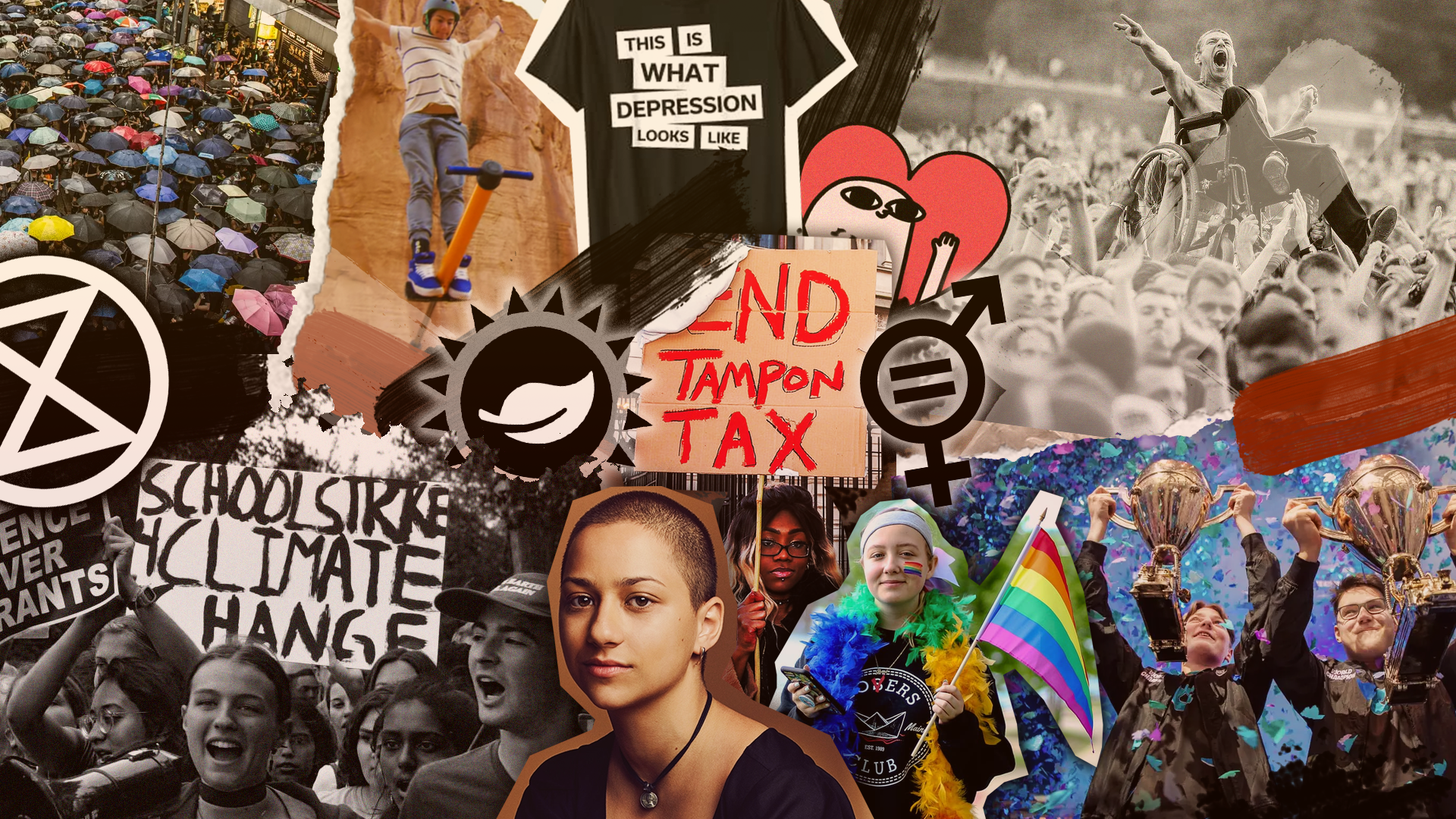do you really want to live forever? and ever? and ever?
Hello everyone and welcome back to another newsletter!
It’s been a warm start to the week in London 🥵 and although the heat has made activating our brain cells a little more challenging, we’re here to serve up all the latest news in culture, tech, style, beauty, the environment and more.
From ‘poverty porn’ to plummeting media literacy rates, what Gen Z is really watching in 2025, heatwave-certified wardrobes of the future, and the true impact of wildfires beyond the damage we can see, we’ve got some awesome and insightful stories lined up that you won’t want miss out on.

💬 Culture
Who gets to be low class? – busy corner (via substack)
In photography, art, film, and television, viewers are able to observe the realities of social issues like extreme poverty, addiction, and trauma. Audiences engage with what is sometimes considered ‘poverty porn,’ for example, watching documentations of single mothers struggling against the system or troubled teens lacking guidance from the adults around them – only to look away and return to the comforts of their own bubble moments later. This piece critiques the way the struggle for money, security, and freedom is often packaged and presented by artists and the media, while simultaneously acknowledging the paradoxical importance and necessity of these stories being told. ‘We dive head first into these messed up part-fiction, part-real stories looking to feel something, to be intellectually challenged — knowing full well that if things get too disturbing, we can always close the book, walk out of the gallery, look away from the screen.’
American ill literacy – cafe hysteria (via substack)
The way we consume media has transformed drastically since the invention of the smartphone. Although Millennials and Gen Z now enjoy the freedom of being able to to choose what they want to watch, they aren’t much different to their parents who grew up with the indiscernible hum of the TV soundtracking their free time. Instead, young people have amped up the absentmindedness of media consumption, using our smartphones in tandem with watching streaming services. Most of us know what it’s like miss an entire film or episode we had intended to watch because we got sucked into looking at our phone. In this essay, Madison Huizinga warns against our ‘true state of neutral’ becoming ‘some kind of media-enabled stimulation’. Consuming digital entertainment isn’t inherently bad, but when we can’t even pay attention to what’s on the screen for long enough to understand it, we should be careful to be mindful of what is being lost.
📱 Tech
At this year’s VidCon — the annual Comic-Con for the creator economy — Digiday Media asked young people what platforms they’re really using. Though TikTok is one of the most popular apps with Gen Z, users note it’s algorithm is the worst for doom-scrolling. By far, YouTube reigned as content king, having ‘permanent residence’ on most young people’s devices. Viewers say that they love the opportunity to switch between short and long-form videos, the vast variety of content available, and the ability to engage with online communities (both audiences and creators). Instagram’s popularity is falling, with many saying they don’t have it or rarely use it. When they do, it’s mainly to connect with friends only. IG Reels were described as ‘hell on Earth’ and a ‘waste of life’. Snapchat’s pull has also fallen and Facebook was described as ‘just for moms’. Perhaps the most insightful revelation of all is that Gen Z will almost always choose YouTube over streaming services Netflix, Hulu, Amazon Prime, and Disney+. Cable TV is viewed as a last resort while on vacation or just for the news.
Biohacking has emerged as a prominent Gen Z wellness trend – thred
Biohacking is a trend no longer confined to a niche corner of silicone valley. Today’s young people are known for having a concern for their health and wellness, and now they are adopting a strategy called ‘soft biohacking’. This involves using new technology like smart watches, rings, and other wearable teach to monitor bodily metrics like step count, sleep pattern, and resting heart rate – a lifestyle that experts warn can be both addictive and worry-inducing. Not to mention, biohacking tools don’t come cheap – from $400 sleep trackers to $200-a-month IV drip memberships. But it seems that young people are willing to take the trend as as far as science, technology, and their bank balance will allow.
😎 Style
In 2025, major investors are abandoning a ‘growth at all costs’ mindset in the beauty market, looking to harness brands that prioritise performance and efficacy. In the oversaturated ecosystem of beauty, the brands that will attract investors are those that ‘have a strong and enduring resonance with customers,’ says Marissa Lepor, partner and head of beauty at investment bank The Sage Group. Categories that are expected to do well into 2026 are biotech beauty, brands addressing climate concerns, menopausal and hormonal skin, and lastly, dermatological skincare – which is the front-runner in market growth right now. Though celebrity-first brands have seen great popularity the beauty sphere over the last decade, these will be approached cautiously in the coming years ‘unless the product-market fit is strong and the brand authentic’.
Heatwave uniform – style analytics (via substack)
How will the climate crisis affect our fashion choices? Last year’s heatwave-friendly summer trends have returned as staples in 2025 – think flip flops, football/basketball shorts, flowy trousers, and layered camis. However, new trends are surging online, with one of them being crochet microshorts. Pintrest searches for the woven, barely-there bottoms are up more than 20 percent across the US and UK, driven primarily by 18-24 year olds who make up 61 percent of searchers. Breezy capris and shorts are seeing a 200 percent increase in searches from last year, with most made from nylon, spandex, or other athletic materials to help with sweating. Finally, UPF clothing items (made from fabrics that offer sun protection) are popular in Australia and Asia, but are gradually being incorporated into global markets, too. As the world warms, it’s clear that functional, comfortable, and breathable clothing will have to be viewed as fashionable – even when they weren’t intended to be.
🌍 World
While all eyes shifted to the war between Iran and Israel, the IOF military intensified its action in the Gaza Strip. On the bloodiest day for weeks in Gaza, witnesses described scenes like ‘a horror movie’ when Israeli forces fired towards people waiting for UN trucks loaded with flour near Khan Younis in the south, killing at least 59 Palestinians and injuring hundreds more. More than 550 people reportedly have been killed seeking aid in Gaza in the past month, with that figure climbing on a near-daily basis.
Pollution from wildfires can contaminate our water for up to 8 years – grist
Researchers at the University of Colorado Boulder have analyzed 100,000 samples from 500 watersheds across the western United States. They found contaminants like organic carbon, phosphorus, nitrogen, and sediment in water samples near to where wildfires had occurred. After a fire, these pollutants can peak at levels up to 103 times higher than they were before. Sediment levels found in water sources also rise up to 9 to 286 times higher after a wildfire event. Even years later, a major rainfall can trigger mudslides which unearth water contaminants and cause unexpected environmental issues, including surges in algal blooms which produce toxins and emit foul odours. This research will be essential in resource protection strategies across the US and around the world, as wildfires increase in severity and frequency due to climate change.
![]()
Thanks for reading and make sure to subscribe for the latest news on Gen Z and youth culture! Also, don’t forget to check out The Gen Zer for a weekly roundup of more trending insights, stories, and discussions.
